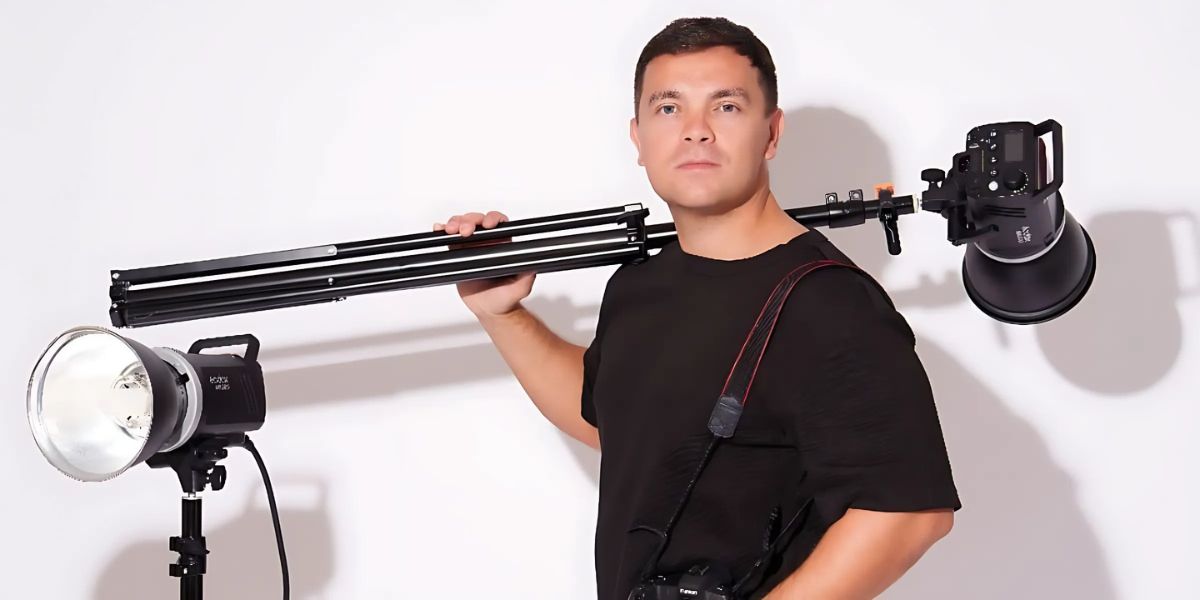According to the Federal Aviation Administration’s most recent report, nearly 900,000 drones (or “unmanned aircraft systems” in FAA parlance) have now been registered in the United States, and almost 300,000 drone pilots have been certified. While the FAA doesn’t keep track of how drones are used, the agency does publish an exhaustive quarterly report of the industry’s accomplishments and industry goings-on, clearly showcasing their potential applications across a multitude of industries.
Although once considered exclusively (and controversially) as surveillance tools, drones have since evolved to become multi-purpose, multi-industry workhorses. Given that the US labor force shrunk during the COVID-19 pandemic, and thanks to continuous improvements in drone technology, drone manufacturers are looking towards more innovations to meet surging demand.
Eyes in the Sky
Drone manufacturers are, by definition, technology solution providers. For example, ZenaTech, a Canadian software and hardware systems company, launched its drone division in 2018 as an integrated solution for the agribusiness sector. The company’s products, which are marketed under the brand ZenaDrone, were initially positioned for use by marijuana and hemp-related businesses, which needed to track plants from seed to sale. But according to the company’s founder, Dr. Shaun Passley, the depth of the drone market soon became obvious. ZenaDrone now services 18 industries, from city planning to property management and construction.
“The common element,” says Passley, “is that ZenaDrone’s artificial intelligence and integrated software capabilities are helping users collect data that would otherwise be extremely expensive and difficult, if not impossible, to retrieve in real time.” Thanks to ZenaDrone’s advanced machine learning capabilities, Passley’s drones can immediately determine whether, for instance, a power line will soon be in need of repair, or even if a pregnant cow is close to giving birth.
In the Cloud
While drones have not changed much in terms of visual aesthetics — ZenaDrone’s flagship product is made of carbon fiber and features eight propellers, and could be mistaken for an off-the-shelf model — the widespread adoption of cloud technology has exponentially multiplied their potential use cases. Because a drone’s data can be stored and processed remotely, drones can both analyze data in real time and “remember” past flights. They can also be programmed to run pre-scheduled automatic flight plans using mobile software, or by using web-based flight planning software. Machine learning and the availability of cloud applications dramatically lower the need for scarce human labor. ZenaTech recently developed an innovative renewable energy monitoring technology that uses a patent-pending wireless charging pad. This allows the drone to automatically detect and land on the power source, meaning that the drone can be fully autonomous for weeks at a time, or perhaps even longer.
“Zenadrone is designed for industrial drone monitoring uses in construction, agriculture, surveillance, search and rescue, and environmental inspection,” Passley explains, “but the drone has customizable functionalities, attachments, and features, too.” These, he observes, enable streamlined inspection and monitoring, saving field technicians from hazardous work, as well as reducing operational costs and increasing efficiencies. In short, drones are already completing tasks that might be difficult or impossible for humans to do, and are constantly improving.
Heat Seekers
Another technology that drones are currently utilizing is thermal imaging. When attached to a drone, multispectral scanners are capable of registering heat signatures from objects, animals, or people. Passley says that thermal imaging can be used in a variety of ways and across numerous industries, from agriculture to electric utilities, and can even aid in covert military missions.
DaaS
Another recent innovation has nothing to do with the drone, per se, but rather with its accessibility to end users. ZenaDrone recently rolled out a field scanning service based on a subscription model known as DaaS, or ”Drone as a Service.”
Like its technological cousins SaaS and IaaS, Passley says that DaaS will help businesses get up to speed with little-to-no upfront costs or training. Customers get immediate access to advance drone features including LiDAR, GPS tracking, multispectral sensoring, and high-definition video. By creating and tagging precise maps, ZenaDrone’s field scanning service has further extended the drone’s reach into more industries, including search-and-rescue, military, police, and national security operations.
All About the Data
Whether collecting heat signatures on power lines or rendering 3D footage of cell phone towers, drones are proving their mettle in difficult terrain, not only saving time and human capital but reducing the risk of injury to human workers. By collecting data in real-time, however, drones may also help solve another problem: a global food shortage threatened in the wake of Russia’s invasion of Ukraine. Passley says that drones can be employed for farm and crop monitoring; he expects multiple functionalities to be developed to increase, for example, fruit production and pestilence protection, thereby maximizing food harvests. While it’s true that drones have yet to deliver our pizza or Amazon order to our backyard, as it turns out, they’ve had far more important tasks to handle first.





